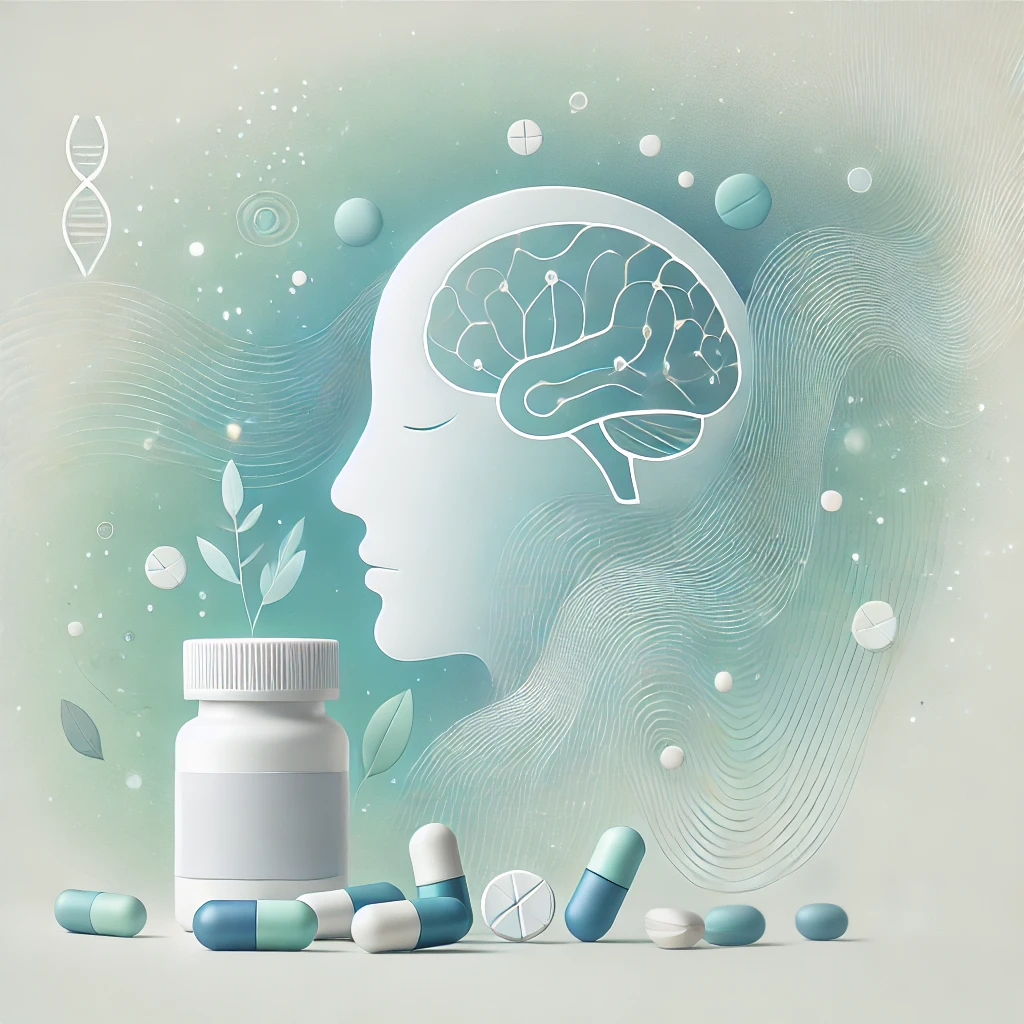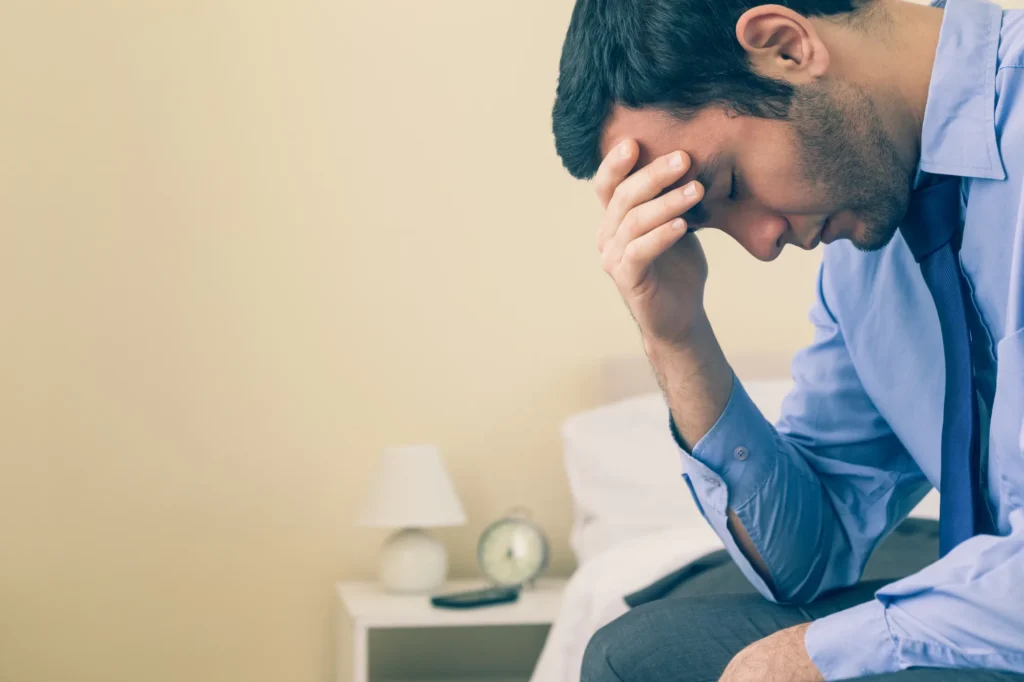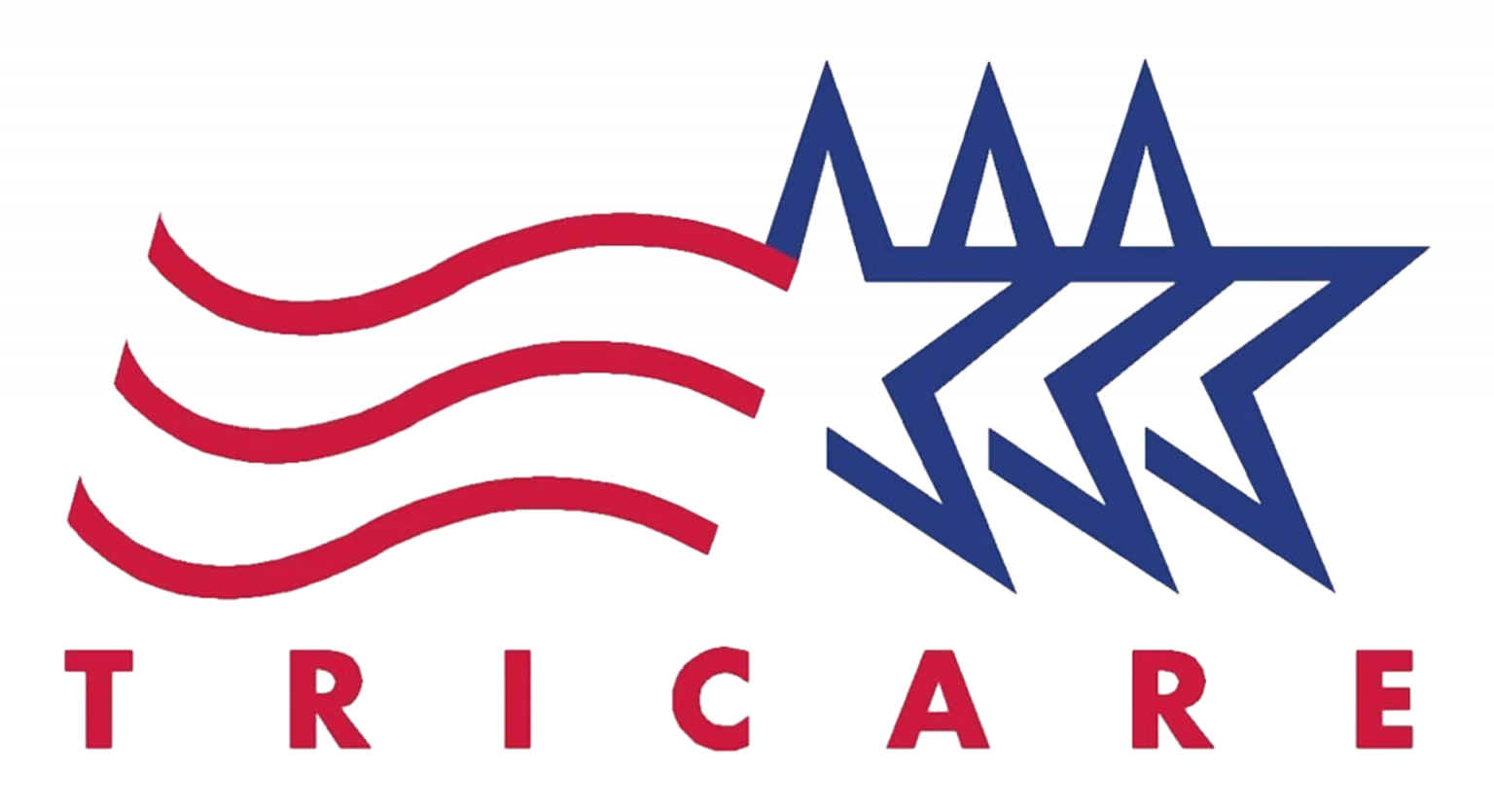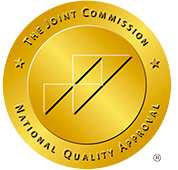What Is Bipolar Depression?
Bipolar disorder, also known as manic depression, is a mental health condition that is considered a chronic mood disorder. It is usually characterized by mood swings, behavioral changes, and energy fluctuations.
Individuals with bipolar disorder alternate between periods of elevated mood, known as mania, and episodes of sadness, which can persist from a few days to several months, interspersed with stable mood intervals. Symptoms can vary among individuals and may evolve over time, with episodes exhibiting unpredictable patterns.
How Bipolar Depression Affects Everyday Life

Damage to Social Functioning
When they are experiencing mood swings, they might not want to be around others when they’re feeling down. And when they’re really energetic, they might act in ways that are hard to predict. This can make it tough to keep up good relationships with friends and family while dealing with bipolar depression.
Performing Badly at Work or School
Bipolar depression can make it hard to focus, feel energized, and stay motivated, which can affect how well someone does at work or school. Missing work or school, not getting work done, and struggling to finish tasks on time are common problems for bipolar depression patients.
Financial Instability
Unstable financial circumstances can result from reckless spending during manic episodes and decreased earning potential brought on by depressed symptoms. Stress and anxiety are increased when managing funds becomes challenging.
Problems in Keeping up with Routine
Keeping a regular routine can be tricky when mood swings keep getting in the way. It’s hard to stick to things like sleeping, eating, and working when your moods keep changing.
What Are Bipolar Depression Symptoms?
Since many people experience various patterns of mood states and signs of bipolar depression, symptoms vary considerably from person to person. Mania or hypomania are uncommon cases for certain individuals. A manic episode may appear as any of the following symptoms:
- Restlessness or increased energy
- Insomnia or reduced need for sleep
- Excessive hopefulness, excitement, or happiness
- Rapid and dramatic changes in mood
- Racing thoughts and rapid speech
- Reduced judgment and impulse control
- Reckless or high-risk behavior
- Grandiose feelings and thoughts
- Making grand, unattainable plans
- Psychotic delusions or hallucinations
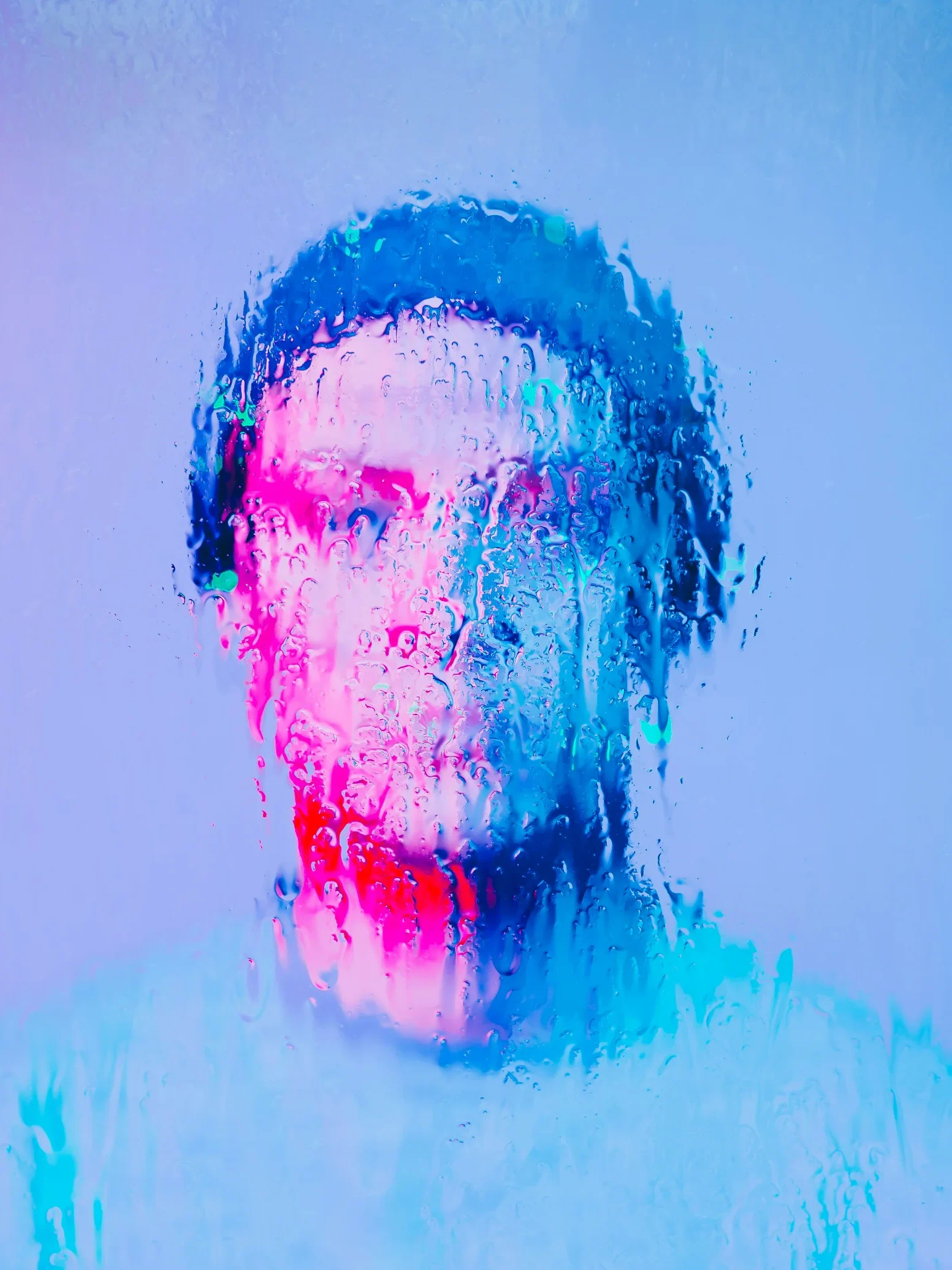
When someone has hypomania, they feel really good and can do a lot, but it’s not as extreme as mania and they don’t lose touch with reality. Even though they might not think anything’s wrong, their friends and family might notice changes in how active they are and how their mood changes.
Similar to the major depressive disorders, the signs and symptoms of depressive episodes involve:
- Irritability, frustration, or restlessness
- Changes in appetite or sudden weight gain or loss
- Insomnia or hypersomnia
- Anxiety
- Fatigue or lethargy
- Purposeless movements like pacing or hand-wringing
- Reduced concentration
- Indecisiveness
- Physical aches or pains, headaches, or digestive problems
- Thoughts of death or suicide
What Are Different Types of Bipolar Disorder?

Bipolar I
In Bipolar I disorder, there’s at least one episode of mania. Usually, people go through periods of both mania and depression, but they don’t always need to have depressive episodes to be diagnosed. Depressive episodes usually last for at least two weeks, while manic episodes last for at least seven days. Sometimes, people with Bipolar I also have mixed affective episodes.
Bipolar II
In Bipolar II disorder, people have both depressive episodes and hypomanic episodes. Even though hypomania isn’t as severe as full mania, Bipolar II can be more challenging than Bipolar I because chronic depression is more frequent in Bipolar II disorder.
Cyclothymia
In cyclothymic disorder, also referred to as cyclothymia, individuals experience a chronically unstable mood state. They may have hypomania and mild depression for at least two years, often interspersed with short periods of feeling normal that last less than eight weeks.
Unspecified Bipolar
If someone’s bipolar disorder doesn’t match the criteria for any of the mentioned types but still includes periods of noticeable or unusual mood elevation, it’s classified as an unspecified or other specified bipolar disorder.
What Causes Bipolar Depression?
The exact cause of bipolar depression is not fully understood, but it’s believed to be a combination of genetic, biological, and environmental factors.
Bipolar Disorder VS Borderline Personality Disorder
Bipolar disorder and borderline personality disorder (BPD) are different mental health problems. Bipolar disorder involves mood swings between feeling super excited and extremely sad. Borderline personality disorder means having unstable emotions, relationships, and how you see yourself. They also have different treatment approaches.
What Are Bipolar Depression Treatment Options?
Psychotherapy
Therapy, such as talk therapy, can assist patients in recognizing and modifying distressing thoughts, feelings, and actions. Additionally, it provides education and assistance to individuals and families affected by bipolar disorder. Various evidence-based therapy methods, including cognitive behavioral therapy (CBT) and interpersonal and social rhythm therapy (IPSRT), are available to address bipolar disorder.
Using Mood Stabilizers
First-line treatments for bipolar disorder often involve mood stabilizers such as lithium and certain anticonvulsants. While lithium is preferred for long-term use due to its ability to reduce the risk of suicide, it also carries potential health risks like kidney damage and thyroid problems. Valproate is frequently prescribed to manage manic episodes. However, it’s important to note that while mood stabilizers are effective for long-term maintenance, they typically do not directly address acute bipolar depression.

Transcranial Magnetic Stimulation Therapy (TMS Therapy)
Transcranial magnetic stimulation therapy is a non-invasive procedure that uses magnetic fields to stimulate nerve cells in the brain. It is often used to treat depression that has not responded to medication or therapy. TMS sessions are typically conducted over several weeks, and many individuals experience improvement in mood and a reduction in symptoms.
Ketamine Therapy
Ketamine, a newer medication for depression, is considered safe and can lead to long-lasting improvements in brain chemistry, offering sustained relief from depressive symptoms. It’s a valuable alternative to traditional antidepressants, especially for individuals struggling with bipolar depression.
Electroconvulsive Therapy (ECT)
ECT can be another way for severe or treatment-resistant cases of mood disorders.
During ECT, a small electrical current is passed through the brain to induce a controlled seizure, which can help alleviate symptoms of depression or mania.
(833) 646-0763
Regain Stability With Our Boplar Depression Treatment Options
Struggling with bipolar depression? Bespoke is here to help! If you reside in and near Los Angeles and Santa Monica, contact our team of mental health professionals and start your healing journey.
Get StartedTreating Bipolar Depression in Los Angeles and Santa Monica
Our skilled psychiatrists offer advanced treatments for bipolar depression, including TMS therapy and Ketamine therapy. Contact us now to schedule an appointment and begin your journey towards overcoming bipolar depression.


